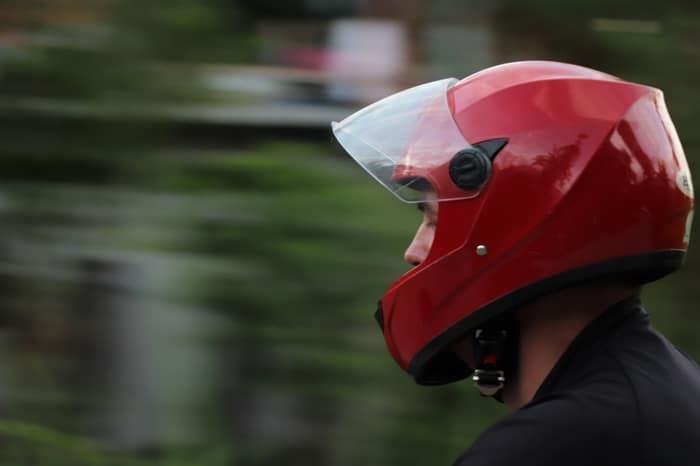
Full-face motorcycle helmets are the most protective of all motorcycle helmets. If you’re a motorbike rider, your helmet is your most critical gear. Some states do not mandate motorcycle riders to wear helmets. Many of these injuries might have been prevented if the rider had worn a strong motorcycle helmets.
Flip-up, full-face, off-road, open-face, and shorty helmets are a few of the various styles of helmets available. A Snell rating and DOT certification are required for every helmet you purchase. In other words, if the helmet has a Snell certification, which indicates it’s the best one you can get. Full-face helmets are the ideal option for various reasons, but the final decision is ultimately up to the rider.
The chin bar and tinted face shield of a full-face motorcycle helmet provide additional safety and style options. Motorcycle helmets are made or broken by their ventilation system. To reduce wind noise, high-quality helmets have snug cushioning at the bottom of the helmet and tight-fitting shields. That has the drawback of encouraging fogging.
Breath deflectors are installed at the top of the chin bar to prevent fogging. Air ducts in the styrofoam safety line of the finest ventilation systems remove hot air from the rider’s scalp. At the top of the chin bar, manufacturers place breath deflectors to prevent fogging of the lens. Look for a field system with a tool-free design. Many helmets in the mid-to high-range price ranges include this option.
Benefits Of Helmet
An aerodynamic and ISO-compliant motorcycle helmets will reduce neck and shoulder strain with a light helmet. All high-quality full-face gear comes complete with aerodynamic helmets. A full-face helmet’s design makes it easier to fly at high speeds. Having the capacity to go faster and longer without damaging one’s neck and shoulders is the main benefit.
The helmet’s form-fitting and secure inside results from the helmet’s use of ISO technology. The shell of your helmet is critical because it protects your head from flying pebbles and debris. In an accident, your helmet’s shell might save your life. The outer shell of the ideal helmet should be made of thermoplastic poly-alloy.
A helmet’s ventilation system is the only characteristic that determines its quality. A cool breeze saves you from overheating and decreases wind noise on hot days. These features include vents on the front and sides of the helmet, exhaust vents at the rear of the helmet, and built-in neck roll vents. When buying a full-face motorcycle helmet, try it on a few times to identify any potential issues.
Use a mirror to check the helmet’s fit on your head and make sure it’s just above your brow level. Try to get your thumb between the helmet and your forehead to test the fit; the helmet should sit snugly on your forehead with no space left for your thumb to pass through. Take your helmet off and look for red markings. Your motorbike insurance may be impacted if your helmet is not DOT and Snell certified.




